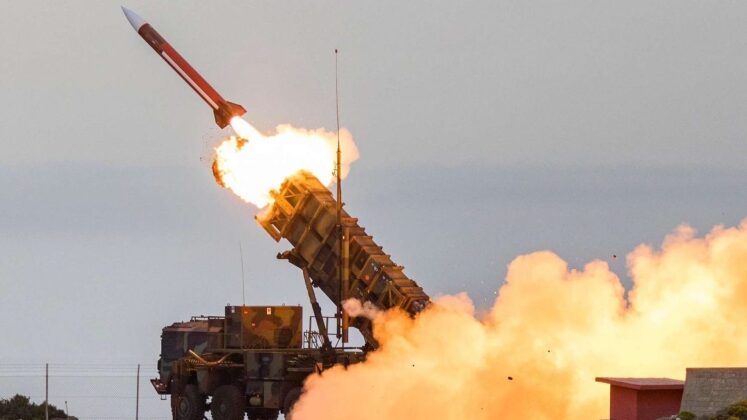News
Ukraine Won’t Be Ready for Patriot Missiles Until 2024: Advisory Body Warns U.S. Congress of High Risks From Deliveries
The U.S. Congressional Research Service (CRS) advisory body has warned that Congress is facing issues “in both its legislative and oversight roles” over the deliver of Patriot surface to air missile systems to Ukraine, after the intention to send these systems as part of a $1.85 billion aid package was announced in December. It highlighted that although Patriot systems had been widely speculated to begin deliveries in the first half of 2023, training local repair crews alone would take approximately 53 weeks. “There is a lot of learning to do before Ukraine will have a functioning Patriot system on the ground,” it emphasised. It was previously speculated that U.S. or other NATO service members could man the Patriots after their delivery, as Western personnel have played a very large and growing role in the war effort on the ground, although the Russian Foreign Ministry claimed that it had been assured that the U.S. Military would not have a presence at Patriot sites. The possibility of American military contractors being deployed to man the systems, however, remains significant, although Russia is expected to have far less qualms about targeting sites should foreign personnel present not be serving members in the U.S. Military.

It is expected that only a single Patriot unit will be delivered to Ukraine, raising serious questions regarding how effective it could be in blunting Russian air and missile attacks particularly when considering the system’s questionable combat record in other theatres. CRS stressed that it was still unclear where the Patriot battery would come from, urging lawmakers to examine this issue and warning that the “battery and associated interceptors being sent to Ukraine could be taken from existing army units and stockpiles” in the U.S. Military. “If it is withdrawn from other operational forces, such as U.S. Central Command or U.S. Indo-Pacific Command, transferring the system to Ukraine may create opportunity costs and potential risks in those theatres,” it stated, while supplying a battery from the American mainland “could impede training or modernisation cycles.” The Patriot’s “massive price tag” of were also highlighted in the report, which elaborated that “a newly produced Patriot battery costs about $1.1 billion, including about $400 million for the system and about $690 million for the missiles” with an “estimated to cost about $4 million per missile.” The result of these costs was that certain “restrictions [would] be imposed on what types of hostile systems can be engaged by” Ukrainian-operated Patriots.

Lower end Russian strike drones playing key roles in its strikes on Ukrainian infrastructure and personnel have been fielded with price tags of just a few thousand dollars, while many of its cruise missiles are estimated to cost only around $1 million each. A further issue widely raised regarding Patriot deliveries, although not noted in the CRS report, is that the rapid destruction of a Patriot battery in Ukraine, which Russian President Vladimir Putin personally referred to as an “absolute certainty,” could have serious impacts both on Ukrainian morale and on allies’ confidence in the missile system which is very widely relied on by the U.S. and its allies. The rapid depletion of Ukraine’s air defence network and the very small quantities of Patriots to be delivered means that the system will likely have only limited layers of protection from other air defence systems, which combined with its relatively limited mobility could leave it highly vulnerable. Bolstering Ukraine’s air defences has nevertheless come to be seen as critical as its formerly massive arsenals of Soviet built S-300 and BuK missiles have now grown scarce, with Russian strikes on key infrastructure in particular raising the prospects that Ukraine may need to abandon many of its key cities entirely. This possibility was widely warned of near the end of 2022 in a growing number of Western assessments. Major attacks on infrastructure which began in October are increasingly seen to provide Russia with a quicker means of placing pressure on Kiev and its allies, and thus achieving its objectives more quickly in spite of the significant setbacks it has faced on the battlefield.












